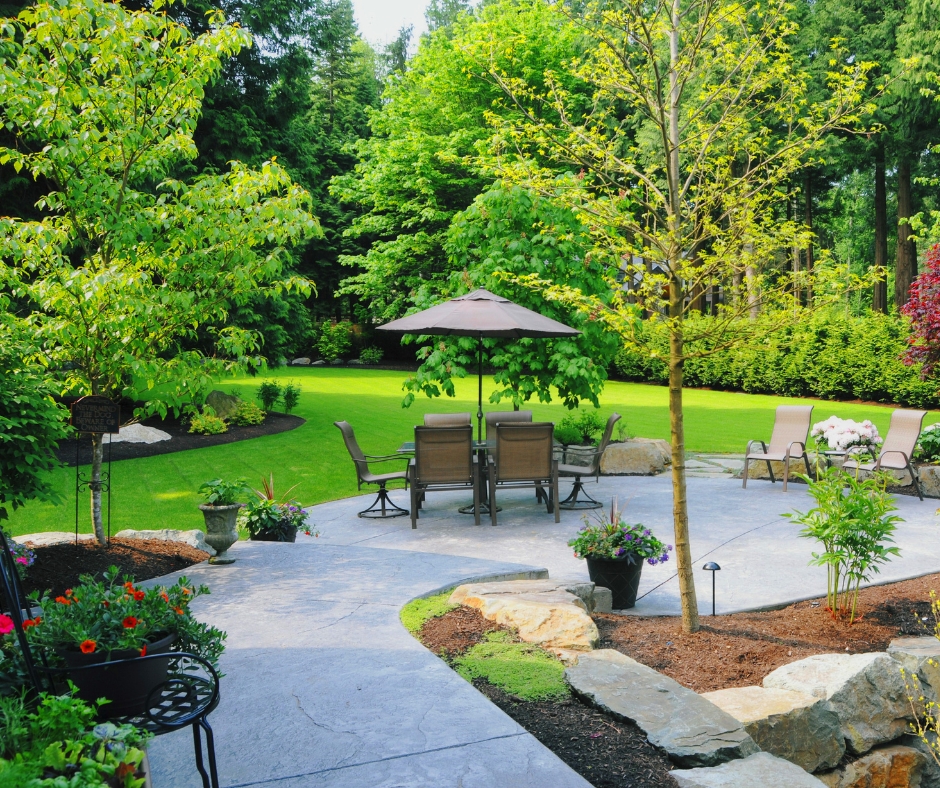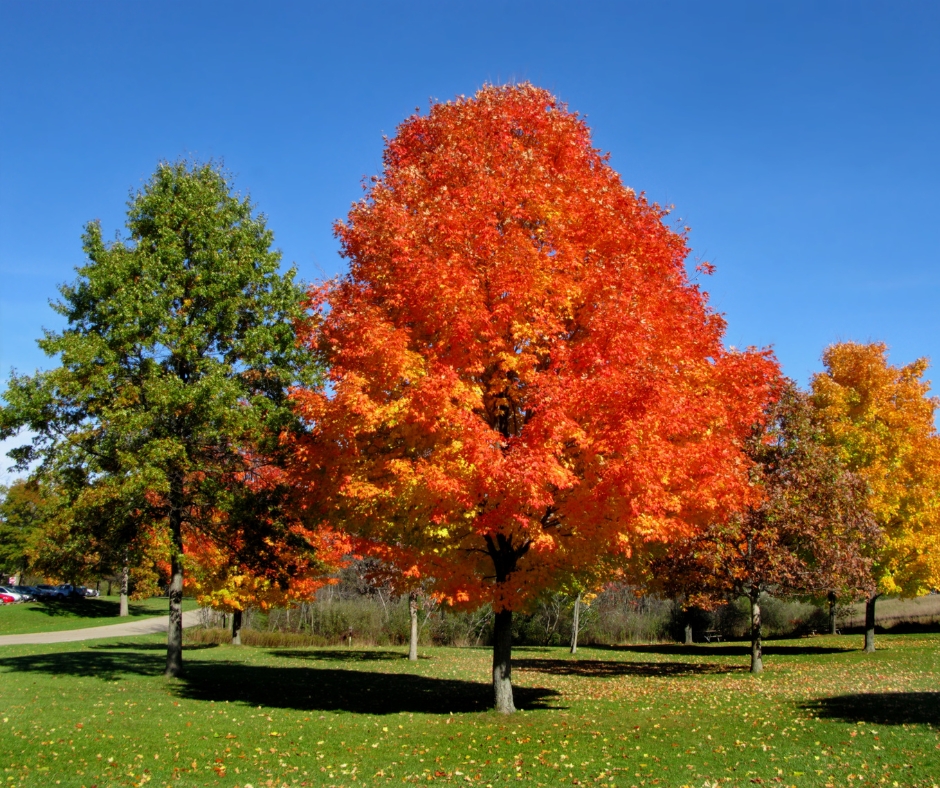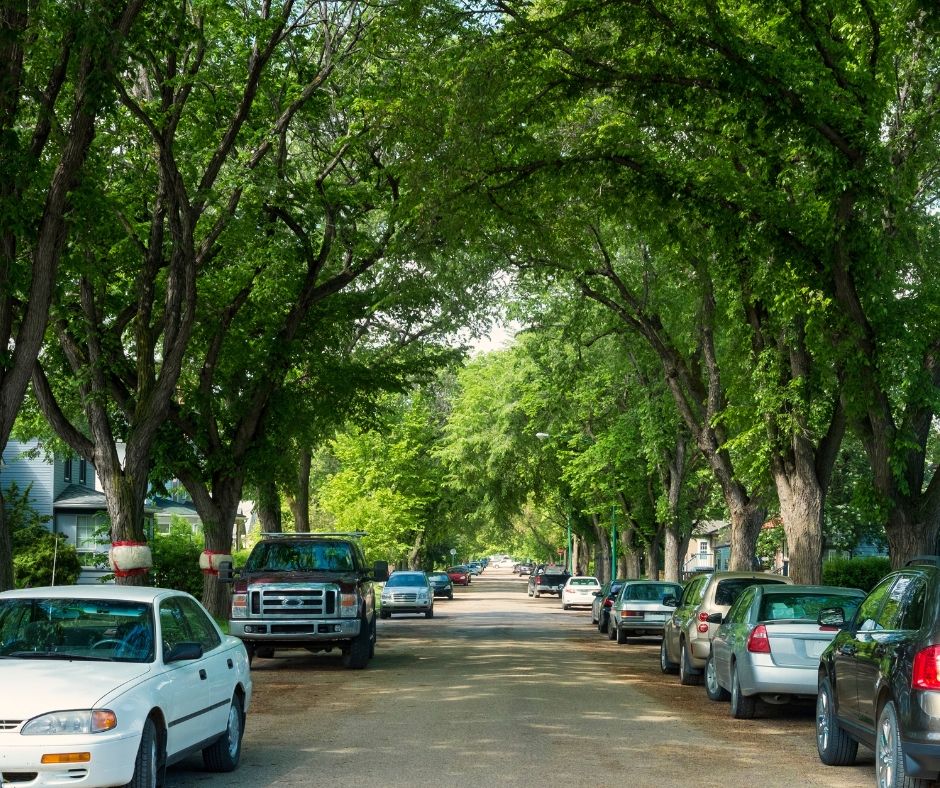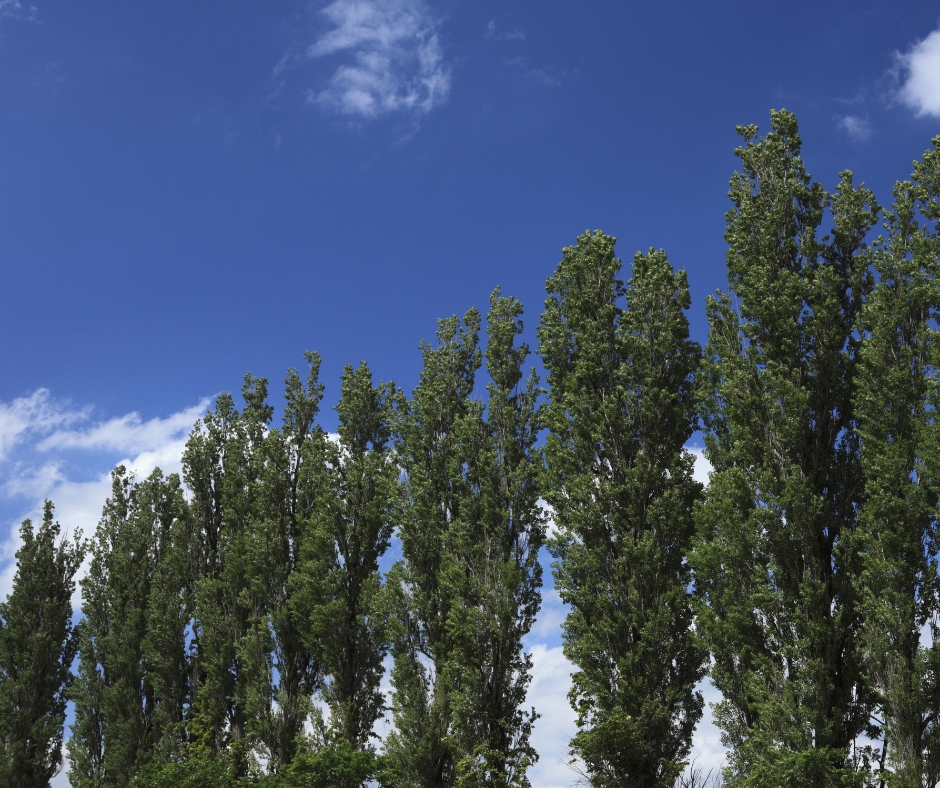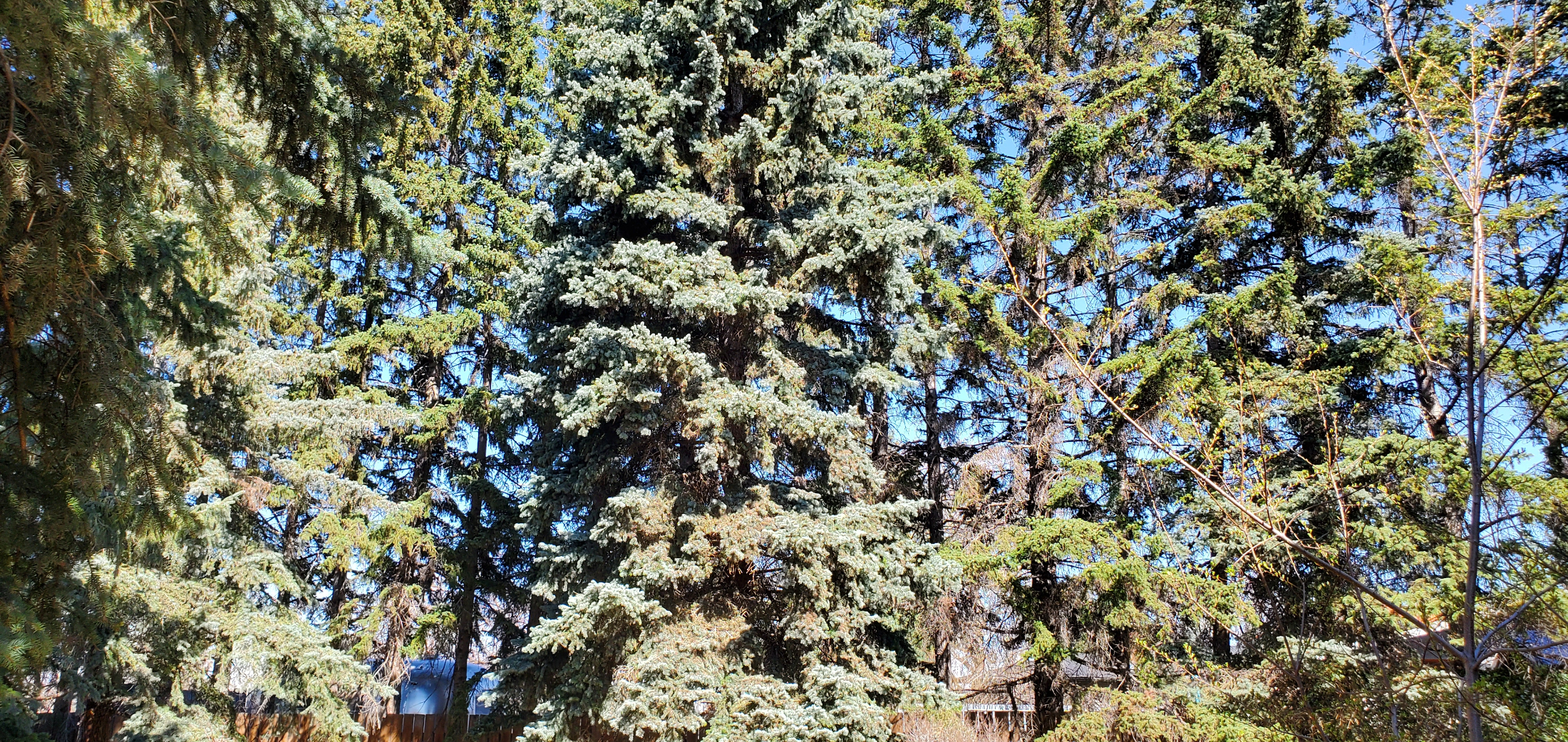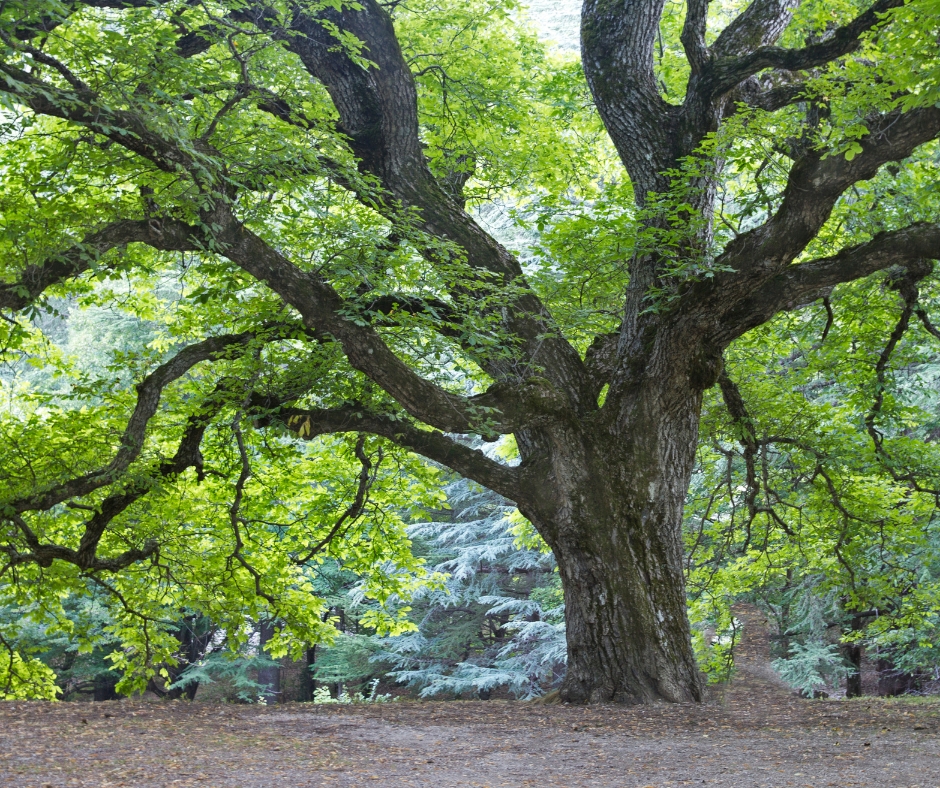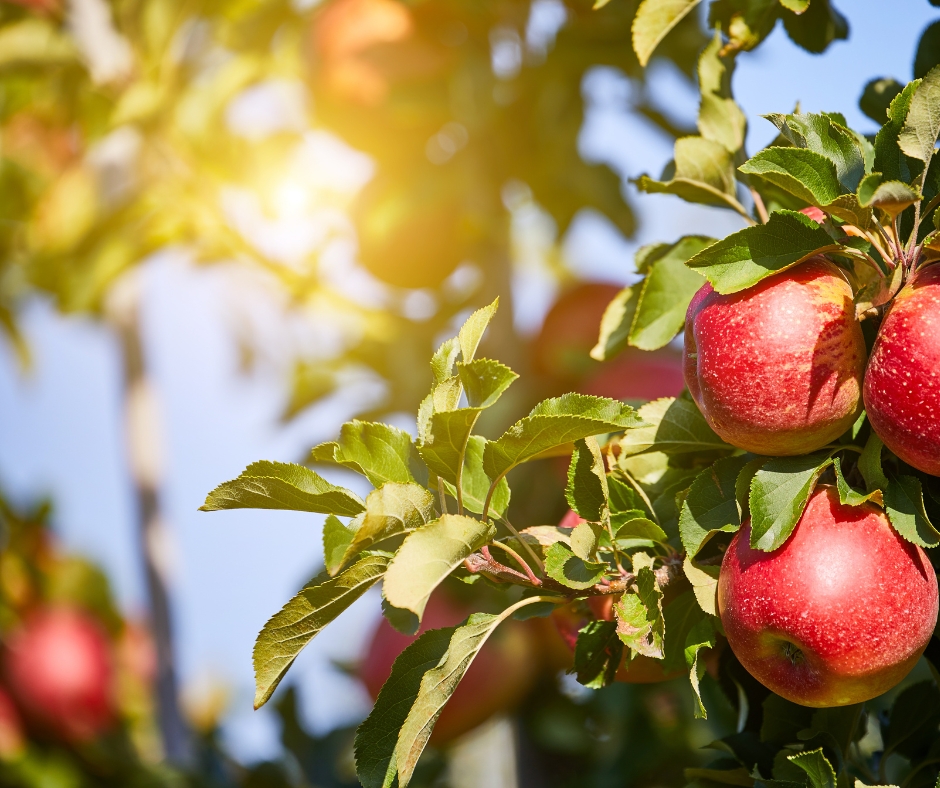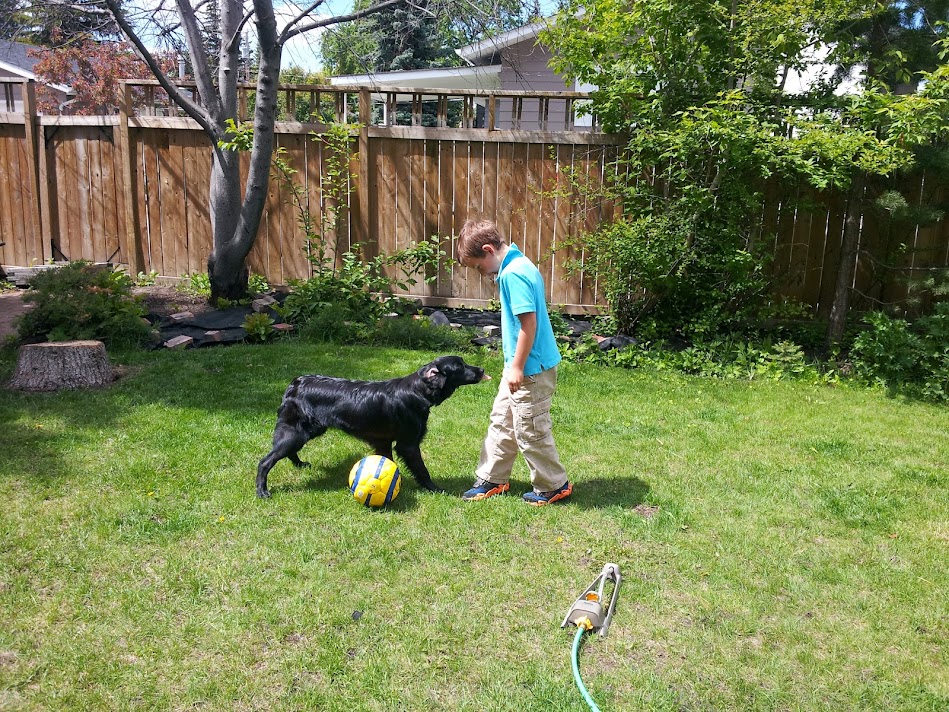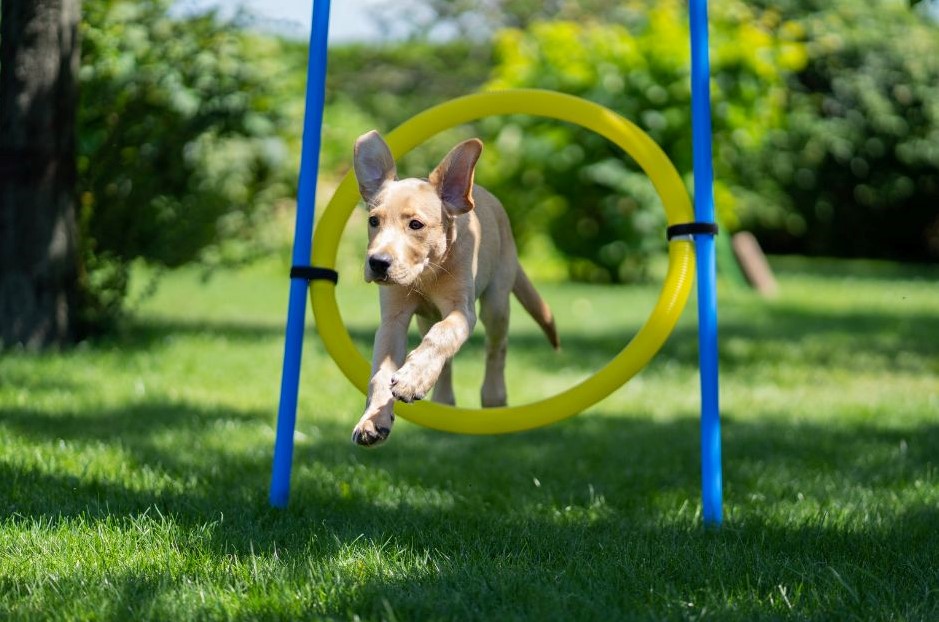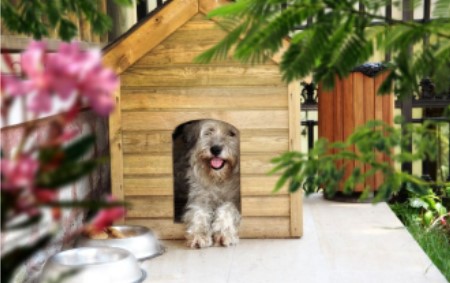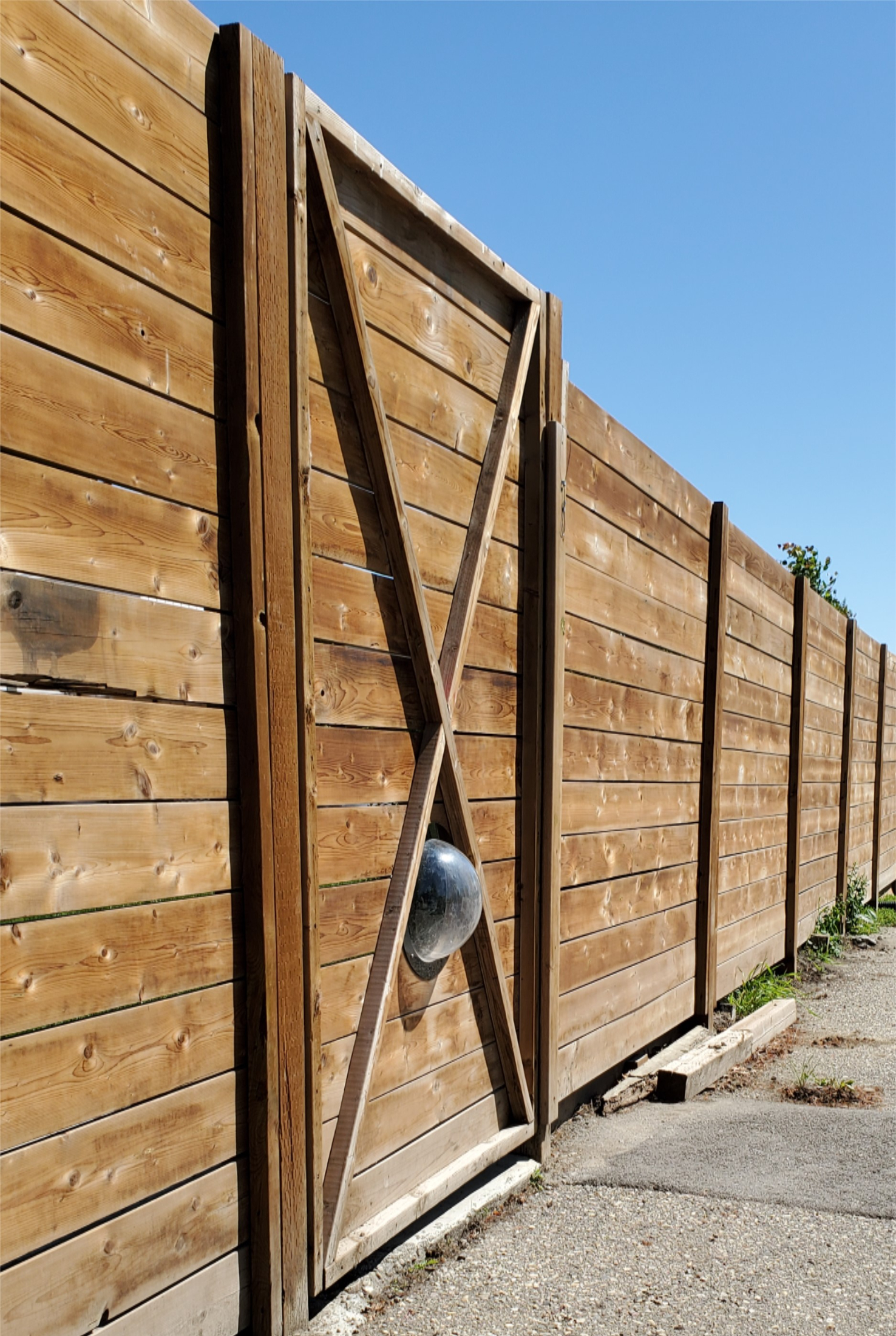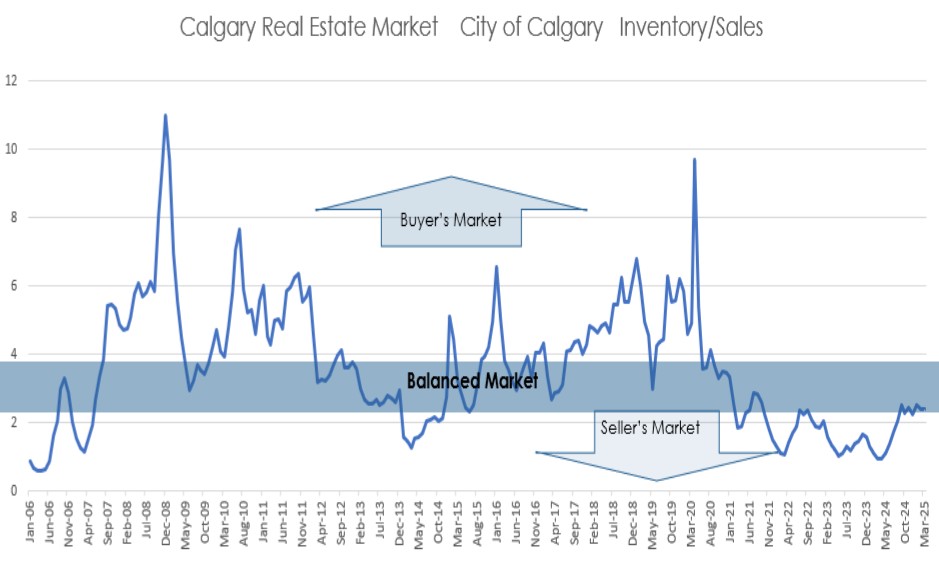Calgary, often known as "Cowtown," is one of Canada’s most dynamic and rapidly growing cities. With its stunning natural beauty, strong economy, and high quality of life, it’s no surprise that many people are considering moving to Calgary. Whether you’re relocating for work, lifestyle, or family, here’s everything you need to know about living in this vibrant city.
1. The Economy and Job Market
Calgary is home to one of the strongest economies in Canada, largely due to its energy sector. The city has traditionally been a hub for oil and gas, but in recent years, it has diversified into technology, health sciences, and renewable energy. Major companies and startups alike are creating new opportunities in fintech, software development, and artificial intelligence. Additionally, Calgary has a thriving agricultural industry and a growing manufacturing sector. The job market is competitive but offers great opportunities for professionals across multiple industries. The city's lower business taxes and entrepreneurial culture make it an attractive destination for business owners and job seekers alike.
2. Cost of Living
Compared to other major Canadian cities like Vancouver and Toronto, Calgary offers a more affordable cost of living. Housing prices, while rising, remain relatively reasonable, with options ranging from modern downtown condos to spacious suburban homes. Rent is also more affordable compared to larger metropolitan areas. Additionally, there is no provincial sales tax in Alberta, making everyday expenses slightly lower. Utility costs can vary depending on the season, with heating costs increasing in winter. Dining out, groceries, and entertainment are generally more affordable, making Calgary an attractive choice for families and professionals looking for financial stability.
3. Weather and Climate
Calgary experiences a wide range of weather conditions, from snowy winters to warm, dry summers. One of its unique features is the Chinook winds, which can bring sudden temperature increases during winter, offering a welcome break from the cold. Winters can be harsh, with temperatures dropping well below freezing, but the city is well-equipped to handle snow and ice. Summers are pleasant, with plenty of sunshine and comfortable temperatures. The dry climate means fewer mosquitoes compared to other parts of Canada, making outdoor activities more enjoyable year-round (we love this about Calgary).
Calgary is known as one of Canada's sunniest cities, averaging around 333 sunny days annually and 2,396 hours of bright sunshine per year, significantly outshining other major Canadian cities like Vancouver and Toronto. We love the blue skies all year round!
Take note: the City of Calgary does not plow sidewalks, shoveling the snow from your sidewalk within 24 hours of a snow fall is your responsibility.
4. Outdoor Lifestyle and Recreation
With its proximity to the Rocky Mountains, Calgary is a paradise for outdoor enthusiasts. Whether you enjoy hiking, skiing, golfing, camping or cycling, there are plenty of opportunities to explore nature. Banff National Park is just a short drive away, offering breathtaking scenery and year-round recreational activities. The city itself also has an extensive pathway system (many snow cleared in the winter), perfect for walking, jogging, and biking. Fish Creek Provincial Park , Nose Hill Park, and Bowness Park provide large green spaces within the city for nature lovers. Parks of Calgary, golf courses, community sports leagues, and skating rinks ensure there’s something for everyone to stay active.
Whether you're a seasoned athlete or just looking to have fun and stay active Calgary Sport and Social Club offers a vibrant community and a diverse range of sports leagues tailored for everyone - over 25 different sports.
Mini Golf and Par 3 courses for beginners, seniors, kids, anyone looking for a shorter course. Calgary and area are home to many beautiful public and private golf courses.
Cross-Country Skiing in and around Calgary. There are many Xcountry Skiing trails in and around Calgary. South Glenmore Park and Bowness park are maintained by the City of Calgary parks department.
Outdoor Skating (ODR) in Calgary. The city of Calgary has several skating locations that are nicely maintained for leisure skating. 2020 brought two skating trails as a trial (at Bowness and North Glenmore Park). In addition to these parks, most communities in Calgary maintain an outdoor skating rink. Many have both a rink with boards as well as a small leisure skate area. Outdoor rinks may open or close on short notice, it is best to check current ice status before you head out.
5. Public Transportation and Traffic
Calgary’s public transportation system includes buses and the C-Train, a light rail transit system that makes commuting easier. The C-Train is particularly useful for downtown workers, with free transit available within the downtown core. While the city is car-friendly with well-maintained roads, traffic congestion can be an issue during rush hours. Calgary is also making efforts to expand bike lanes and pedestrian-friendly infrastructure. Ride-sharing services, car rentals, and a growing electric vehicle charging network offer alternative transportation options.
Calgary International Airport (YYC) offers domestic and international flights. With easy access to downtown Calgary via major highways and public transit.
6. Cultural Scene and Entertainment
Calgary is known for its vibrant arts and cultural scene, hosting events like the Calgary Stampede, one of the largest rodeos in the world. The city boasts world-class museums, including the Glenbow Museum, which showcases Canadian history and art. Theatre lovers can enjoy performances at Theatre Calgary and Alberta Theatre Projects, while music enthusiasts can explore live performances at the National Music Centre. The city’s food scene is diverse, offering everything from high-end restaurants to international street food. Festivals such as Sled Island, Global Fest, and Folk Fest provide year-round entertainment for residents and visitors.
7. Education and Schools
For families moving to Calgary, the city offers a variety of educational options, including public, private, and charter schools. The Calgary Board of Education (CBE) and Calgary Catholic School District (CCSD) oversee a large network of schools, providing quality education at all levels. Calgary is also home to several reputable post-secondary institutions, including the University of Calgary, Mount Royal University, St. Mary’s and SAIT Polytechnic. These institutions offer a range of academic programs, research opportunities, and career training to prepare students for future employment.
8. Neighborhoods and Housing
Calgary has diverse neighborhoods to suit different lifestyles and budgets. Whether you prefer the urban energy of downtown, the family-friendly suburbs, or the scenic views of communities near the Bow River, there’s a perfect place for everyone. Areas like Kensington and Mission offer vibrant cultural hubs downtown with boutique shops and cafes, while other communities cater to those looking for luxury living. Most communities offer affordable options for families. With ongoing developments, Calgary continues to grow, offering housing solutions for every need.
Calgary & area has several communities with lakes that provide year round activities - including swimming! Fun activities all year round include; swimming, non-motorized boating, fishing, ice-fishing, skating, many include tennis courts, beach volleyball, tobogganing. Several have large club houses that provide programs and activities for the community.
Small towns around Calgary offer a beautiful escape from the bustling city life while maintaining convenient access to urban amenities. These charming communities, such as Bragg Creek, Priddis, and De Winton, provide a close-knit, friendly atmosphere where residents often experience the warmth of small-town living—where “everybody knows your name.” Residents can enjoy the peaceful ambiance and scenic beauty of the foothills and surrounding landscapes, along with local shops and services that cater to everyday needs. These towns combine the comfort of a tight-knit community with the advantage of being just a short drive from Calgary’s vibrant city life, making them ideal for those seeking tranquility without sacrificing convenience.
9. Safety and Healthcare
Calgary is considered one of the safest cities in Canada, with low crime rates and excellent healthcare services. The city has several top-rated hospitals, including Foothills Medical Centre and Rockyview General Hospital, ensuring access to quality healthcare. Alberta Health Services (AHS) operates various clinics and emergency care facilities throughout the city. In addition, private healthcare options and specialist clinics cater to specific medical needs. Residents also benefit from community policing programs and a strong emergency response system, enhancing overall safety.
10. Community and Lifestyle
Calgary is known for its friendly and welcoming atmosphere. With a strong sense of community and numerous volunteer opportunities, newcomers can quickly feel at home and get involved in local activities. The city has a vibrant mix of cultures, with various cultural associations and festivals celebrating diversity. Whether you enjoy networking events, fitness clubs, or charity initiatives, Calgary offers numerous ways to engage with others and build meaningful connections.

Moving to Calgary offers a wealth of opportunities, from career growth to an active outdoor lifestyle. Whether you're drawn by the economy, the beautiful surroundings, or the high quality of life, Calgary has something for everyone. By understanding these key aspects of living in Calgary, you can make a smooth and successful transition to your new home. With its combination of urban convenience and natural beauty, Calgary continues to attract individuals and families looking for a fresh start in one of Canada’s most promising cities.
Our family loves Calgary and all that it has to offer. If you're looking for the perfect Calgary home, give me a shout 403-585-5362. I’d love to talk about how we can help you find your dream home in or around Calgary.






